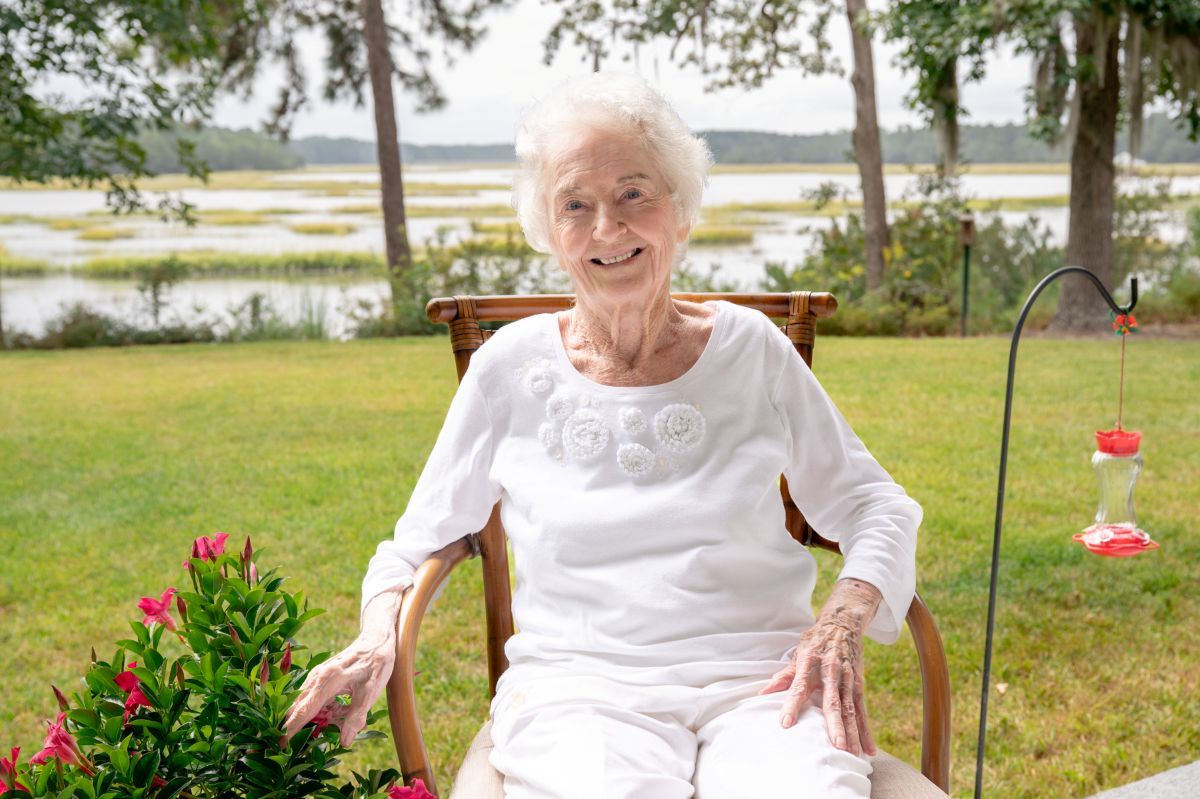By Andy Brack
If you’re ever caught in a situation where you need to give an example of national leadership in South Carolina, just focus on land conservation. What we do here is pretty amazing.
First, some facts to remember:
Lots of forests
South Carolina is home to about 13 million acres of forests – about two thirds of all land in the state, according to the S.C. Forestry Commission. It’s split almost evenly between hardwoods, like oak, and softwoods, like pine.
Some seven out of every eight acres of forested land is privately owned, mostly by families who manage forests of an average of 80 acres. Public agencies manage about 12% of forest lands, including more than 90,000 acres of state parks.
Big impact
Forestry is a huge business, generating a total impact of $18.6 billion annually, including more than 90,000 jobs, the commission says.
More acreage
A 2012 forest inventory revealed South Carolina then had 2.3 million more acres of forests than in 1936. Interestingly, there are no areas of virgin forests, indicating man’s impact on the land in recent centuries. Longleaf pine forests, now rare, have generally been replaced by loblolly pine forests. Once dominant chestnuts got wiped out generations ago by a blight. But softwood and hardwood forests have recovered since Hurricane Hugo in 1989.
So with this background, what’s remarkable in South Carolina is how conservation leaders across the political spectrum are dedicated to conserving land. Why? Because South Carolinians generally agree that protecting land for future generations is important so that people can keep heritage connections with the outdoors.
“We have an ethos in this state,” observed Mike McShane, chairman of the S.C. Conservation Bank. “We are extraordinarily benefited by people in this state appreciating outdoor recreational space.”
The bank, which leverages public money to help preserve land, has spent $244 million since 2004 to fund 470 grants to protect 375,000 acres of land. In the last five years, the bank received $65 million of state funding, which has protected 75,000 acres, two thirds of which provided public access to otherwise inaccessible lands.
“That’s $865 an acre,” said McShane, a biomechanical engineer who lives on Johns Island. “That is an extraordinary metric.”
And the land is protected forever. An example of the merit of the process will be the new Black River State Park. It will snake along the banks of the river from Kingstree to Andrews and allow public access to the river.
“We were losing the ability for communities to access the water as they [riverbank lands] became sold off and gated,” McShane said. “This park will allow ingress and egress to the river.”
An even bigger success story is the work done by the federal and state governments with private conservation groups and landowners to protect the ACE Basin in the Lowcountry between Charleston and Beaufort counties. When the project started 35 years ago, collaborators dreamed of protecting 90,000 acres of land through purchases, conservation easements and more. Now 35 years later, they have protected more than 305,000 acres of the 350,000 acres in the ACE Basin – a whopping 85% of the wild places in the area.
“It’s a wonderful model because it demonstrates how private landowners and public owners work collaboratively in a public effort,” McShane said.
Now conservationists dream of applying this model around the state to protect even more land – millions of acres above the 3 million acres of land and water already protected in South Carolina. They want to double – even triple – what’s held in trust or used for limited purposes.
Will they get there? Who knows? But remember how the ACE Basin model protected more than three times the amount of land it sought to protect originally.
“Remember the adage: You aim for the moon and you might land in the stars,” McShane said.
Andy Brack is editor and publisher of Statehouse Report and the Charleston City Paper. Have a comment? Send to feedback@statehousereport.com.









